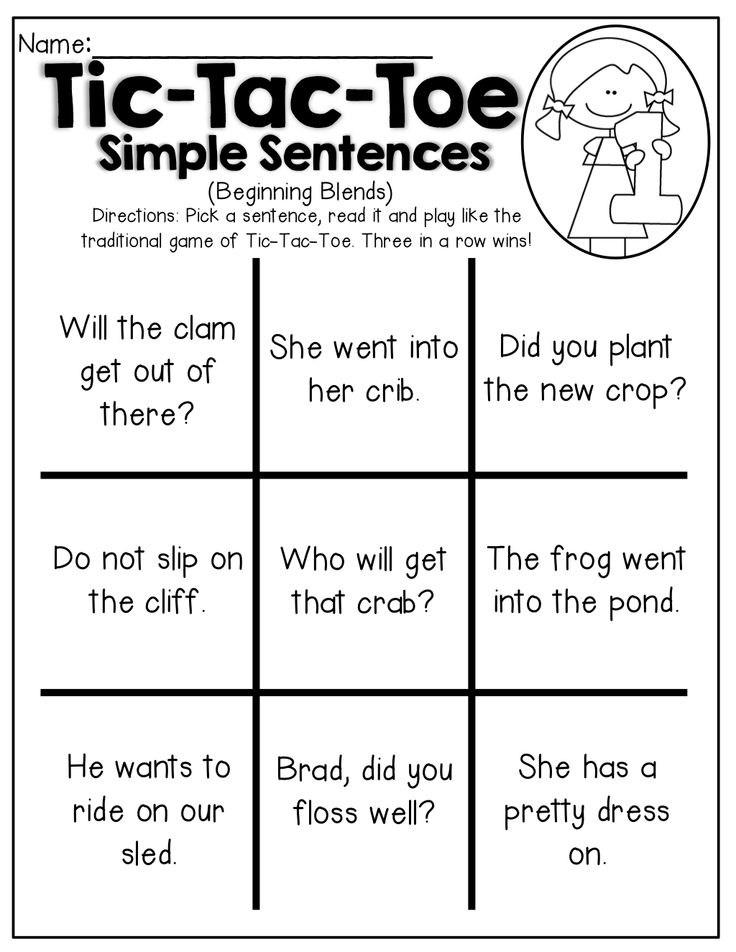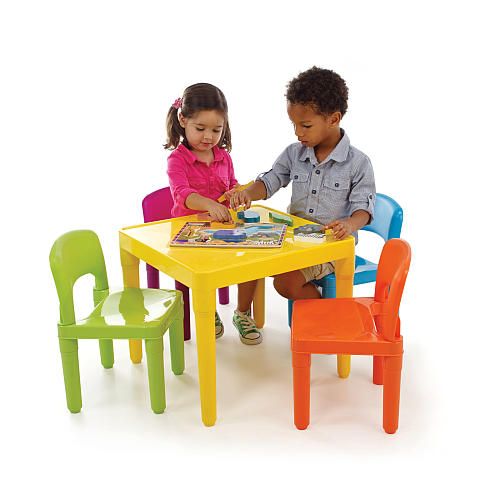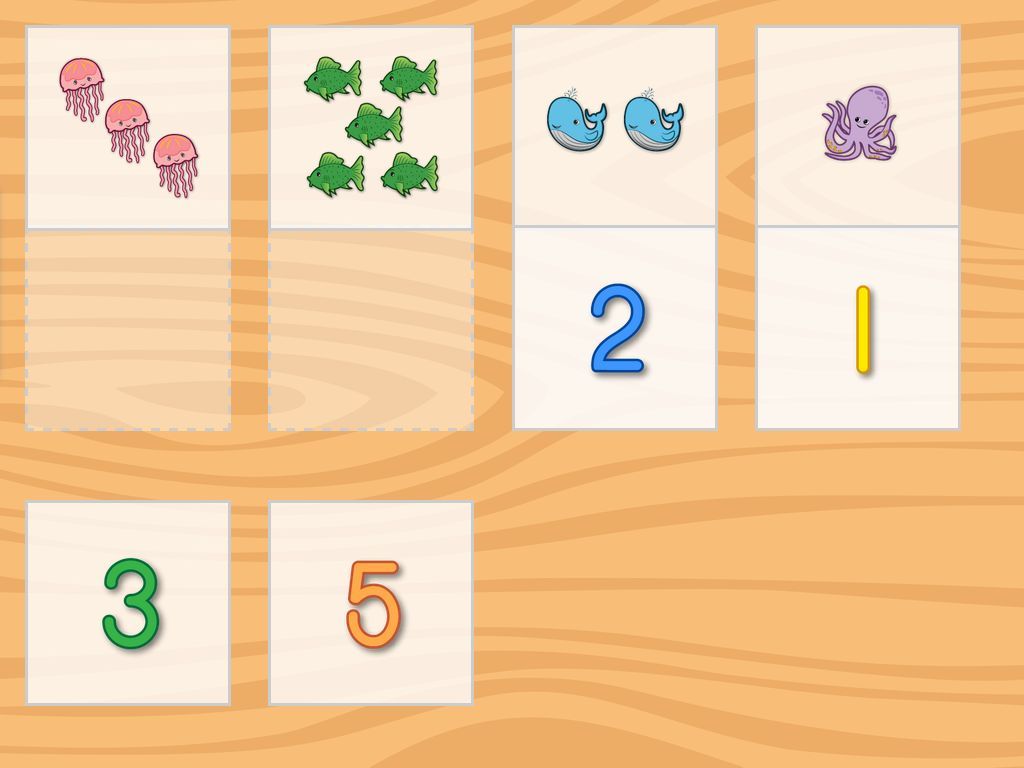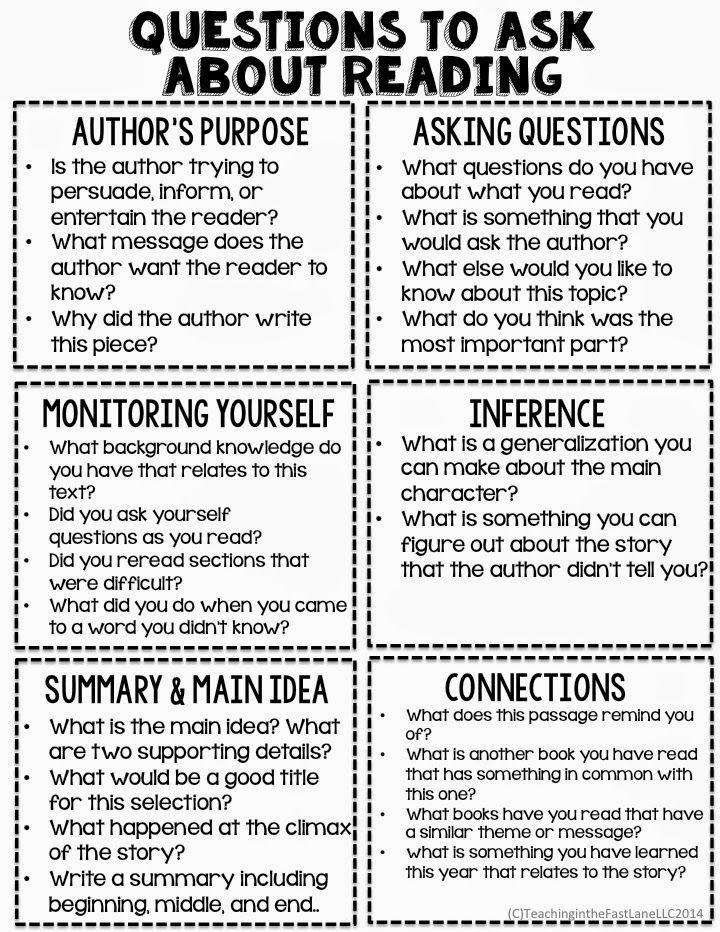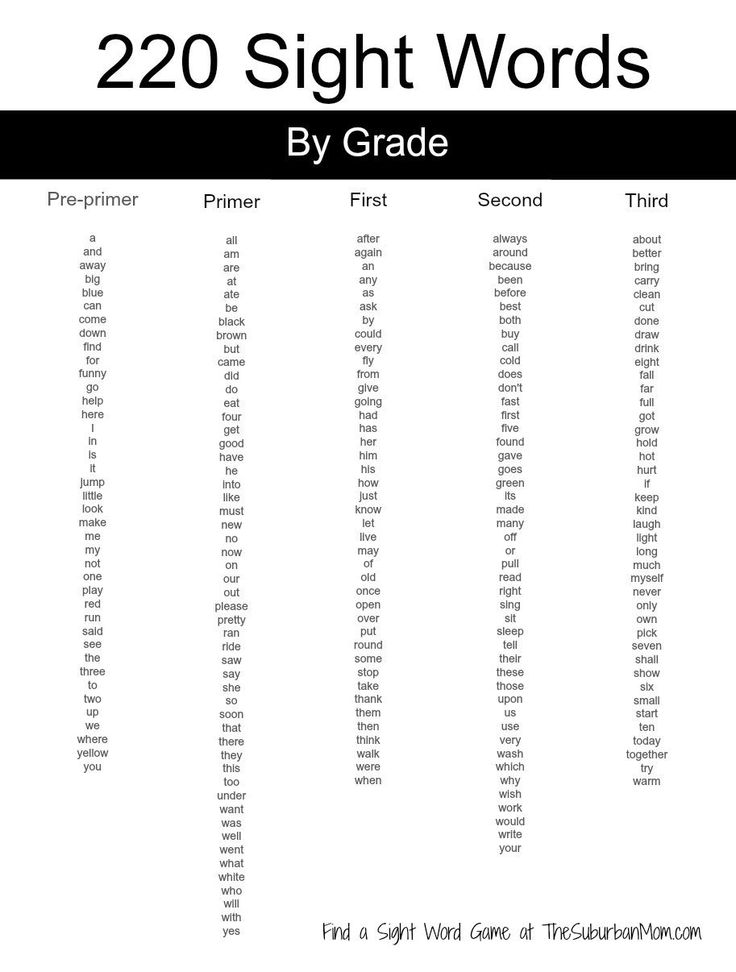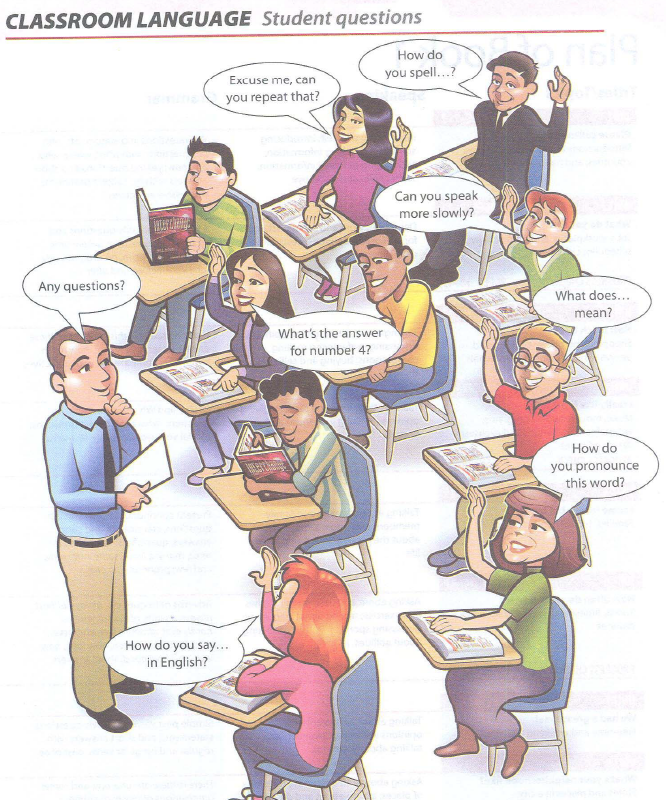Learning to read sentences
The Best Simple Sentences for Kindergarten
There are so many fulfilling perks to teaching kindergarten, but near the top of the list is teaching students how to read. I think one of the best parts of literacy instruction is seeing the excitement in my students’ eyes when they start reading sentences! Once students are ready to take that step, it’s just a matter of keeping up that momentum and excitement with additional practice. In this post, I’m sharing some of my favorite ways to use simple sentences for kindergarten reading instruction.
Are My Students Ready for Reading Sentences?
Before we can expect young learners to read even simple sentences, it’s important to make sure they have the right foundation. The road to reading sentences includes important milestones such as:
- Identifying letters by name
- Identifying the sounds that letters make
- Blending sounds together to read words
- Reading words fluently in isolation, including sight words
Plus, between each milestone is a variety of phonemic and phonological awareness skills that need to be mastered in order to build a solid foundation for reading.
Once this foundation is in place, students are ready to begin reading words within sentences. Keep reading if you’d like to sneak a peek at the simple sentences that I use with kindergarten students when they’re ready to take this exciting step!
Simple Sentences for Kindergarten
There are many ways to practice reading sentences in kindergarten. Below are some of my favorite ways to incorporate simple sentences into literacy instruction. I love that these activities are perfect for literacy centers, morning work, small group intervention, or even homework! These activities also grow with students, so that they can read more challenging sentences as they learn more phonics patterns and master additional high frequency words.
Sight Word Fluency Sentences
When students first start reading words within sentences, it’s helpful to start with predictable text. I find that sight word fluency sentences are perfect for this!
These simple sentences often arrange the sight words in a predictable pattern, such as “I see a cat.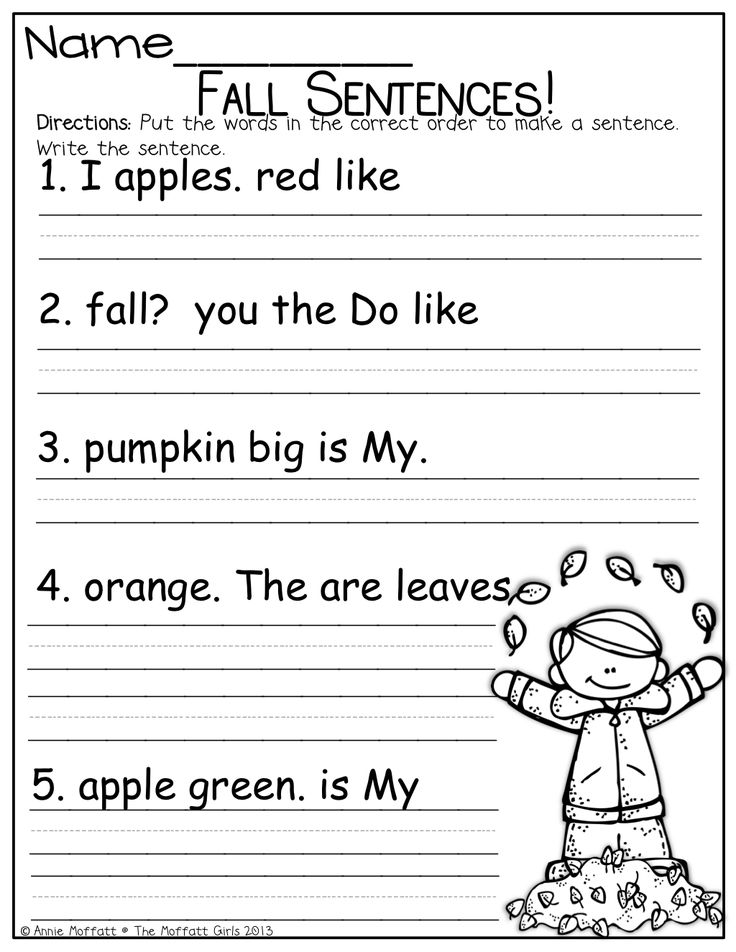 ” and “I see a pig.” This means that students can practice decoding words within sentences while building their sight word fluency. It’s a win-win!
” and “I see a pig.” This means that students can practice decoding words within sentences while building their sight word fluency. It’s a win-win!
Read and Reveal Sentences
Hands-on activities will help students stay engaged in reading practice. Read and reveal cards are always a hit with students! This activity has students read simple sentences on a card, then unclip the flap to reveal a picture that corresponds to the sentence. Students will use their comprehension skills to decide if the sentence they read makes sense with the picture they just uncovered.
Since this adds an element of self-correction to the activity, read and reveal cards are perfect for literacy centers, morning work, or even a fast finisher activity. The fine motor practice from using clips for this activity is an added bonus!
Sentence Scramble Activities
As students grow more comfortable with reading sentences, they will start to get a feel for the natural rhythm of language and word order.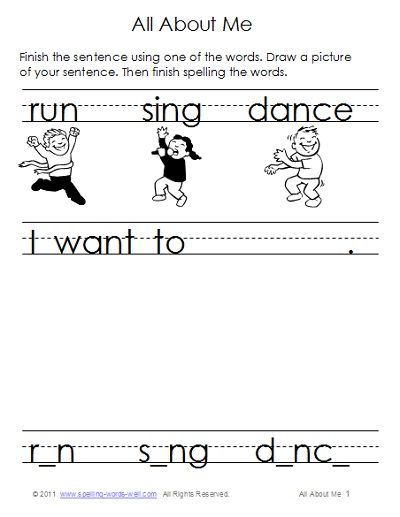 This, in turn, will help improve reading fluency. One of my favorite ways to help students understand and practice word order is with sentence scramble activities. After putting a sentence in the correct order, they can practice reading it fluently.
This, in turn, will help improve reading fluency. One of my favorite ways to help students understand and practice word order is with sentence scramble activities. After putting a sentence in the correct order, they can practice reading it fluently.
You can add some cutting practice by having the students cut out the scrambled words themselves. Plus, having the word strips available to move around helps students in the task of unscrambling each sentence.
Sentence Dictation
Writing activities are another way that I incorporate simple sentences into literacy instruction. When students write sentences, they are able to practice their phonics skills in a different, yet still very important, way. Sentence dictation is a great activity that incorporates many kindergarten skills!
After listening to a simple sentence, students will use their phonics skills to write each word in the sentence. Then they will use their fine motor skills to form the letters and words in the sentence.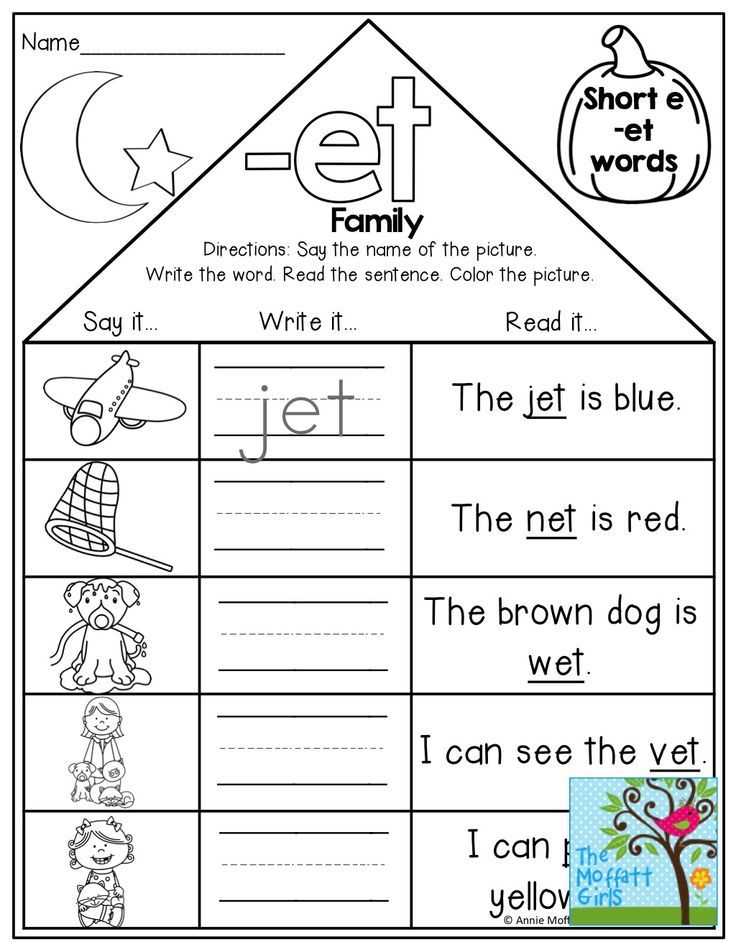 Finally, students will practice reading what they wrote as they decide if their written sentence matches what the teacher said. Sentence dictation doesn’t have to take a lot of time! If you have whiteboards and markers out for a different activity, do a quick sentence dictation before having the students put things away.
Finally, students will practice reading what they wrote as they decide if their written sentence matches what the teacher said. Sentence dictation doesn’t have to take a lot of time! If you have whiteboards and markers out for a different activity, do a quick sentence dictation before having the students put things away.
Sight Word Sentence Strips
This is another activity that incorporates writing as students practice reading sentences. Students can use these sight word sentence strips to practice decoding sentences fluently as they practice writing them as well.
Once these strips are laminated for durability, students can use dry erase marker to practice letter formation as they copy each sentence. This is another activity that students can work on independently during literacy centers or morning work time.
Since these sight word sentences are prepped and on binder rings, you can also take them on the go for even more practice! Use them as “password” flashcards: Have each student read a sentence from the bundle before entering the cafeteria, going outside for recess, or leaving for the day.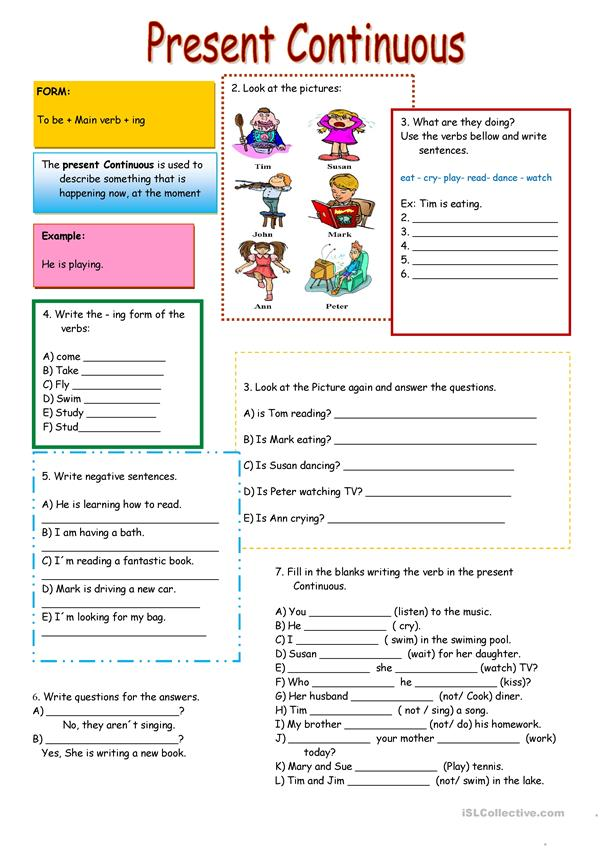
Kindergarten Reading Fluency Passages
Young learners get so excited when they can start reading passages with multiple sentences! This is why I love to use kindergarten reading fluency passages. Students are able to review phonics patterns and high frequency words as they improve their reading fluency and comprehension skills.
After students have had time to practice each passage in the classroom, I encourage them to take it home and read it to friends and family. They are always so excited to show off their reading skills!
Keep scrolling for information about a free reading fluency download that you can use in your classroom.
Free Reading Practice for Kindergarten
Would you like to try these reading fluency passages with simple sentences? You can grab this free collection of nine passages to share with your students. This free download focuses on short vowels, long vowels, blends, and digraphs. Each passage also includes common sight words to help build reading fluency.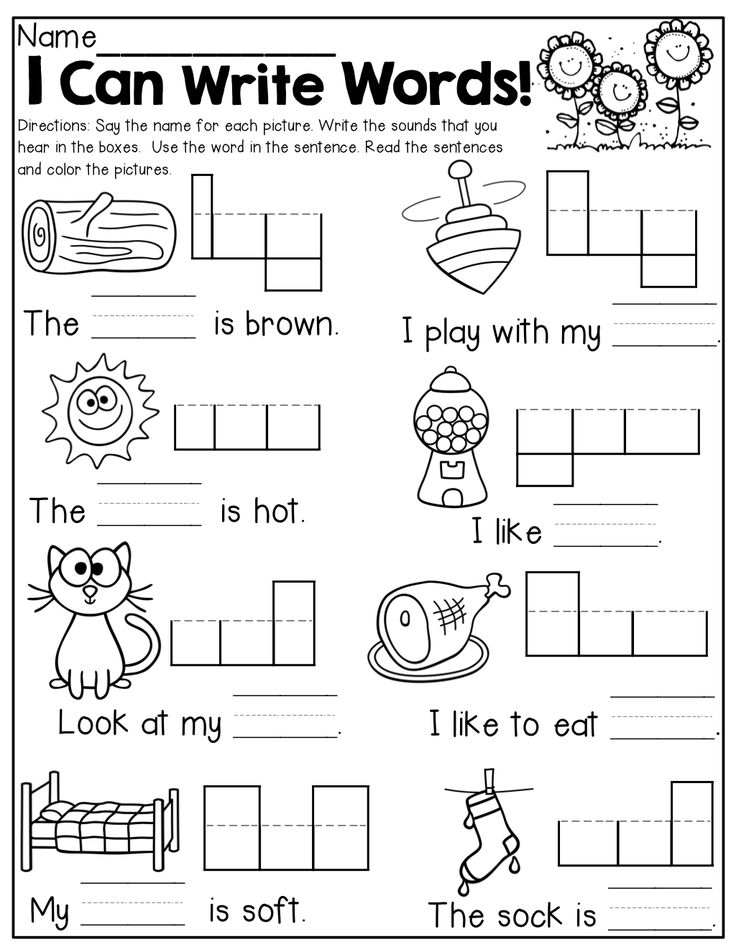 Just fill out the form below and it will be delivered straight to your inbox!
Just fill out the form below and it will be delivered straight to your inbox!
Free Reading Fluency
Help your students make the leap from sounding out words to reading with fluency! These fluency passages are designed to give kids successful reading practice to help students become strong readers!
First Name Your email addressSave These Kindergarten Sentences
Be sure to save this pin to your favorite phonics board on Pinterest! You’ll be able to come back to these simple sentences for kindergarten when your little readers are eager to give them a try.
Literacy Instruction for Individuals with Autism, Cerebral Palsy, Down Syndrome, and Other Disabilities
What skills are required to read sentences and simple stories?
In order to read a sentence, the learner must
- Track through the sentence from left to right in the correct sequence and potentially across multiple lines of text
- Decode, or recognize by sight, each word in the sentence
- Access the meaning of each word
- Hold the words in sequence in memory
- Process the words together to determine the meaning of the full sentence
- Relate the meaning of the sentence to the rest of the story and to prior knowledge and experience
Learning to read sentences and simple stories requires the integration of many skills
- Letter-sound correspondences
- Sound blending
- Decoding
- Sight word recognition
- Language skills
- Vocabulary knowledge
- Understanding of sentence structure
Top
Why is it important to read sentences and simple stories?
Learning to read and understand short stories and other simple texts is the ultimate goal of early reading instruction.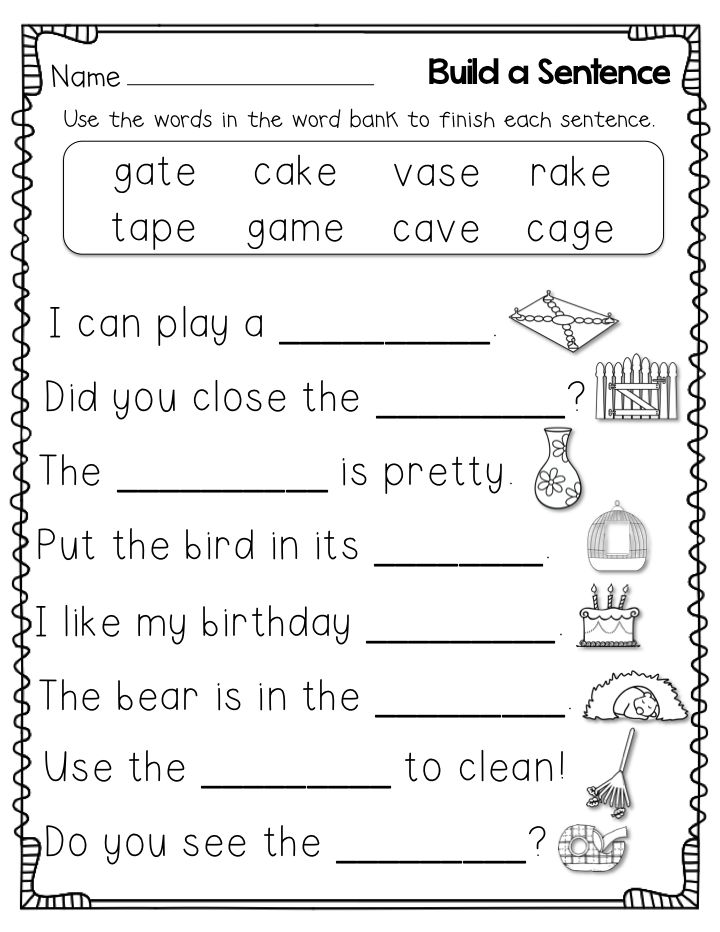
Once learners can read and understand stories, they will begin to truly realize the many benefits of literacy skills; such as:
- Participate more fully at school
- Increase opportunities for learning
- Improve communication
- Facilitate access to the Internet
- Enjoy reading as a meaningful leisure pursuit
Top
Sample goal for reading sentences or simple stories
When presented with a simple written sentence, the learner will
- decode, or recognize by sight, the words in the sentence and
- indicate the meaning of the sentence
- by reading it out loud, signing it, or selecting the appropriate picture illustrating the sentence with at least 80% accuracy or
- by answering questions summarizing the meaning of the sentence with at least 80% accuracy
- Who is it about?
- What happened?
Top
Instructional Task
Here is an example of an instructional task to teach reading of simple sentences.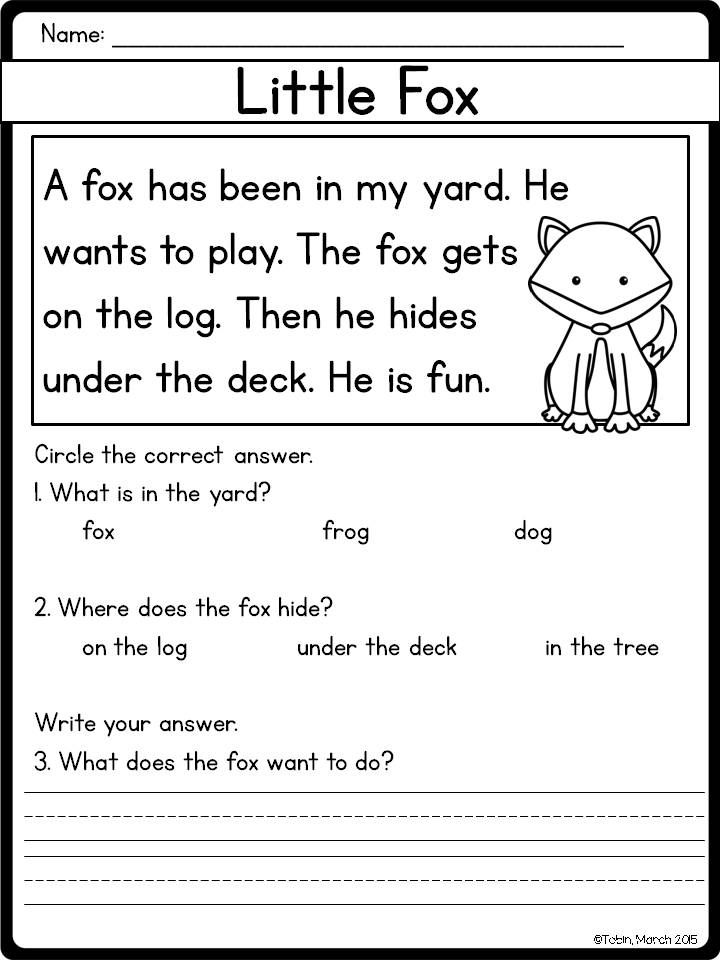
- The instructor presents a simple written sentence.
- The learner
- looks at each of the words in the sentence in the correct sequence
- decodes the words, or recognizes them by sight
- reads the sentence out loud, signs it, or selects the picture that illustrates the sentence from a group of illustrations provided.
Or, here is another way to teach reading of simple sentences.
- The instructor presents a simple written sentence.
- The learner
- looks at each of the words in the sentence in the correct sequence
- decodes the words, or recognizes them by sight
- summarizes the meaning of the sentence by answering two simple questions
- Who is it about?
- What happened?
Top
Instructional Materials
Here is an example of instructional materials that were developed for a learner who liked the actor, Zac Efron.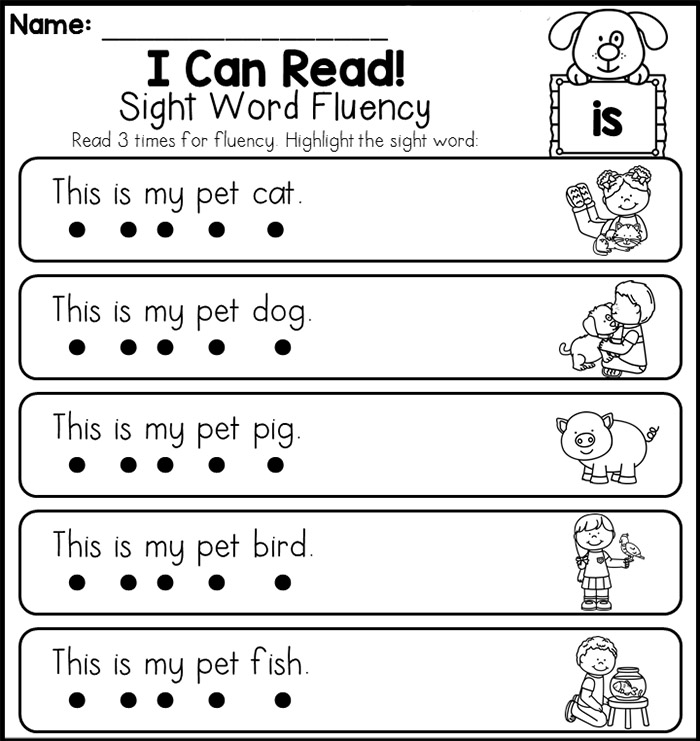
- The written sentence is Zac has a hat.
- The response options show pictures of Zac with a hat (the correct answer), mom with a bat, Mom with a hat, and Zac with a cat.
The pictures are carefully chosen.
- The learner cannot simply hone in on one of the words in the sentence.
- He or she must attend to all parts of the sentence to choose the correct picture.
Analyzing the learner’s errors can help to identify areas that require more instruction.
Top
Instructional Procedure
The instructor uses the procedures described earlier:
- Model
- The instructor demonstrates reading sentences for the learner.
- Guided practice
- The instructor provides scaffolding support or prompting to help the learner read a whole sentence successfully.
- Points to the words in sequence
- Slowly decodes each word in sequence
- The instructor gradually fades this support as the learner develops competence.
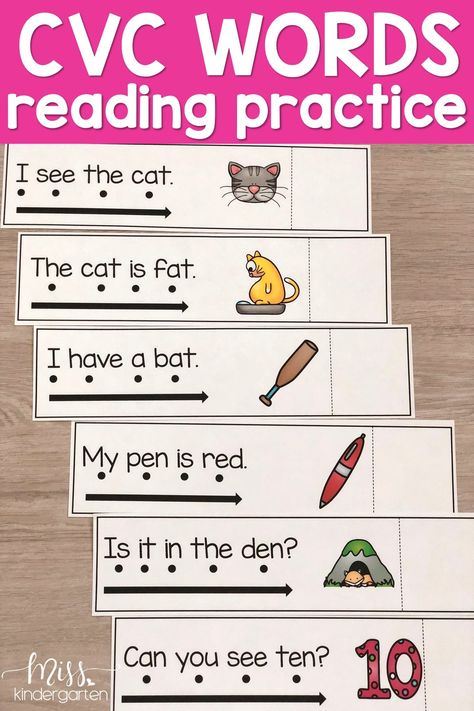
- Independent practice
- The learner reads the sentences independently.
- The instructor monitors the learner’s responses and provides appropriate feedback.
Top
Student Example
Jackson is 5 years old in this video.
- Jackson has Down syndrome. He attends a regular preschool. He is getting ready to enter Kindergarten in a few months.
- He uses speech and signs to communicate with others.
- We started to work with Jackson and his parents to teach him literacy skills when he was 4 years old.
- This video was taken after approximately 15 months of instruction (approximately 45 minutes a week).
- At this point, Jackson is learning to read simple books independently. He can decode regular words and recognizes many sight words. In this example, Jackson is reading a personalized book about two of his favorite characters – Curious George and Lightning McQueen.
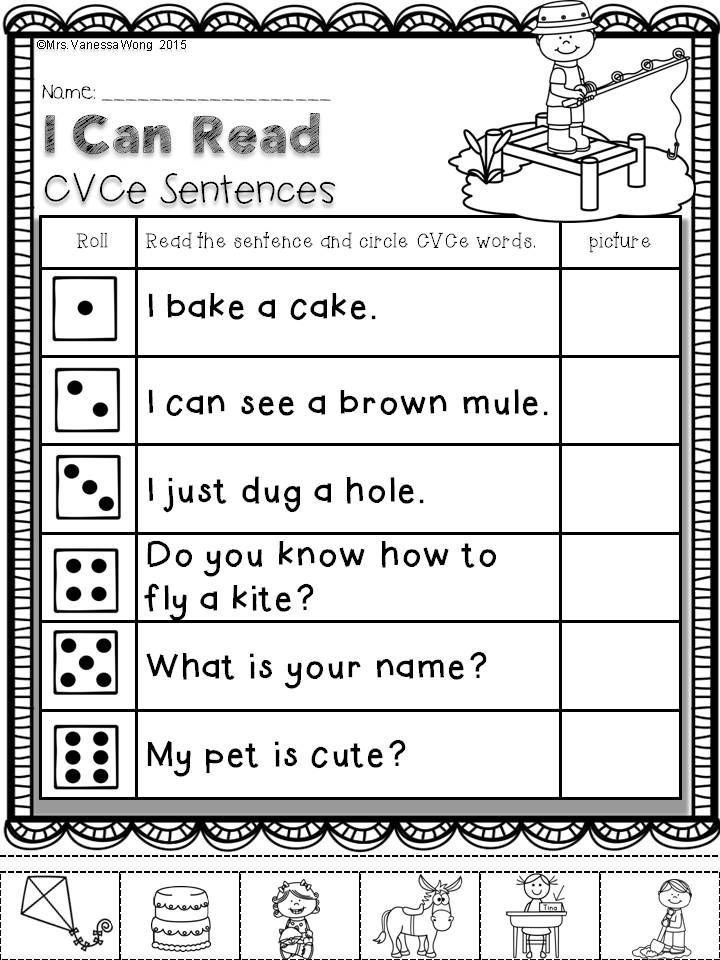
- Janice
- helps Jackson point to each of the words in the book in sequence
- Jackson
- looks at the written words
- decodes the words or recognizes them by sight
- says and/or signs the words
- Janice
- After approximately 15 months of instruction (approximately 45 minutes a week), Jackson is able to read simple stories independently.
- He is ready to enter Kindergarten as a successful reader. His literacy skills exceed those of his typical peers. Click to learn more about Jackson’s success learning literacy skills.
Top
Pointers
The goal at this stage of instruction is to ensure:
- accurate reading of the sentence(s)
- factual understanding of the entire sentence (not just one or two words)
As learners develop these basic reading skills, it is important that they continue to build their reading comprehension skills, including:
- factual understanding as well as
- critical analysis and inference
Click here for more information on building reading comprehension skills.
Top
Last Updated: February 19, 2019
Learning to read by syllables, we teach Russian alphabet for children
Home -forces and diploma
Reading and diploma
Course Learn the letter
View all
Letter A
letter B
letter B 9000 G
letter D
The letter E
The letter Y
The letter Zh
The letter Z
View all
Letters and sounds
View all0003
Recognize the letter from the sound (1)
Recognize the sound in the word
Distinguish letters
Upside down letters
Guess the sound from the letter
First and last sound in the word (1)
First and last sound in the word (1)
)
Do you know the alphabet?
View all
Reading syllables and words
View all
Reading verbs (1)
Reading verbs (2)
Making words (1)
Making words (2)
Slogo game (1)
Slogo game (2)
Slogo game (3)
Which syllable is extra? (1)
Which syllable is missing? (2)
View all
Read phrases and sentences
View all
Decoder
Simple offers (1)
Simple sentences (2)
View all
We develop speech
View all
Decoder
Learning prepositions
Simple sentences (1)
Study prepositions (2)
Simple sentences (2)
unfamiliar words 1 class
unfamiliar words 2 class
unfamiliar words 3 class
Steppower grade 4 class
View all
write competently
Stressed and unstressed vowels
ChA-SCHA combinations (1)
Zhi-Shi combinations (1)
Grammatical blitz (2)
Dictionary words (1)
Vowels after hard and soft consonants (2)
Vowels after hard and soft consonants (3)
Vowels after hard and soft consonants (4)
Write words from the text
View all
Parsing
View all
Letter and sound (1)
Letter and sound (2)
Letter and sound (3)
Letter and sound (4)
Major and minor members of a sentence (1)
Major and minor members of a sentence Grade 3
Division into syllables (1 ) 9Ol000
Pronoun (1)
Words-objects answering the questions who? what?
Words-objects, words-actions, words-signs
Noun
Modifiable and invariable nouns (1)
View all
Secrets of the Russian language
View all
Alphabet. Alphabetical order
Alphabetical order
Antonyms
Interrogative sentences (1)
Dialogue and monologue
Lying and deaf consonants at the end of the word
Noun
Board-Duel
Multiplying, borrowed words
View all
with literature
View all
Everything secret becomes clear
Reader's diary. A. Aleksin "In the land of eternal holidays"
Reader's diary. A. Volkov. Wizard of the Emerald City
Reader's diary. A. Gaidar "Chuk and Gek"
Reader's diary. A.P. Chekhov. "Kashtanka"
Reader's diary. A.S. Pushkin. "Ruslan and Lyudmila"
Reader's diary. A.S. Pushkin. The Tale of the Dead Princess...
Reader's diary. V. Gauf "Dwarf Nose" and "Little Muk"
Reader's diary. V. Kataev. Son of Regiment
View all
ABC online
View all
Tasks letter A
Tasks letter B
Tasks letter B
Tasks letter G
Tasks letter e
Tasks letter E
Tasks letter Z
Tasks letter Z
View all
Learn the alphabet
View all
Letter puzzles
Letter commotion
Letters and sounds
Decoder
Do you know the alphabet?
Distinguishing letters
Distinguishing vowels and consonants
Distinguishing sounds in pictures (1)
Guess the sound by letter
View all
How to teach a child to read by syllables?
First you need to understand that the child is ready for learning. This can be verified by the following indicators: - the child's speech is clear, without serious violations in pronunciation, the child does not "swallow" sounds during pronunciation; - there is the ability to see the text; there is an understanding that these are letters - not pictures, but symbols depicting sounds. It is believed that the ideal age for learning to read is 6 years old, but one must always understand that this age is determined individually. It is better to start learning to read by syllables in a playful way, getting acquainted with individual letters. It is better to do little by little, but regularly: 15 minutes daily will be enough. After getting acquainted with the letters, proceed to reading by syllables. Reading by syllables is a technique available to every adult, it does not require special training. But you can always choose lesser-known author's methods of teaching reading, carefully studying their features and reviews of other parents. Having folded the alphabet into syllables, you can proceed to compose simple words.
This can be verified by the following indicators: - the child's speech is clear, without serious violations in pronunciation, the child does not "swallow" sounds during pronunciation; - there is the ability to see the text; there is an understanding that these are letters - not pictures, but symbols depicting sounds. It is believed that the ideal age for learning to read is 6 years old, but one must always understand that this age is determined individually. It is better to start learning to read by syllables in a playful way, getting acquainted with individual letters. It is better to do little by little, but regularly: 15 minutes daily will be enough. After getting acquainted with the letters, proceed to reading by syllables. Reading by syllables is a technique available to every adult, it does not require special training. But you can always choose lesser-known author's methods of teaching reading, carefully studying their features and reviews of other parents. Having folded the alphabet into syllables, you can proceed to compose simple words.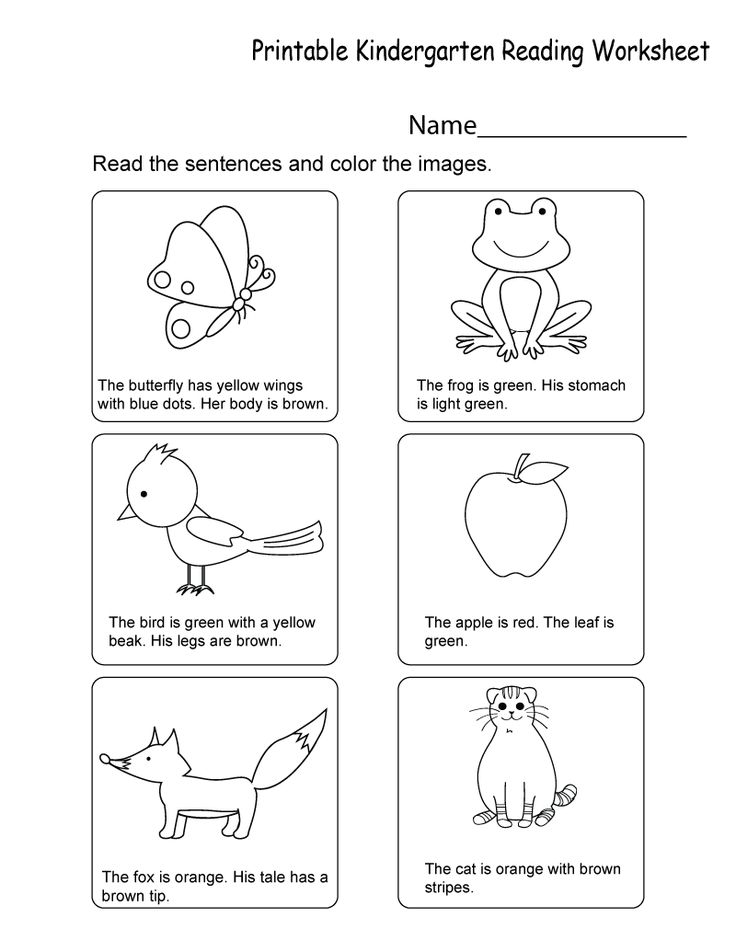 The main thing is not to force the process: when it is measured and regular, it is doomed to success!
The main thing is not to force the process: when it is measured and regular, it is doomed to success!
What is a syllable?
To successfully master the skill of reading, it is necessary to understand how to divide words into syllables. A syllable is one or more sounds uttered by one expiratory push of air. For a simple orientation, it can be taken as a rule that there are as many syllables in a word as there are vowels. Use our exercises, compiled by professional teachers, for a more effective acquaintance with this topic, so as not to confuse the concepts of "syllable division" and "word transfer".
How many words per minute should a first grader read?
The number of words read per minute, which can be used as a reference when assessing the quality of reading, is just one of the indicators. On average, the rate (or speed) of reading a first grade student is 15-25 words per minute.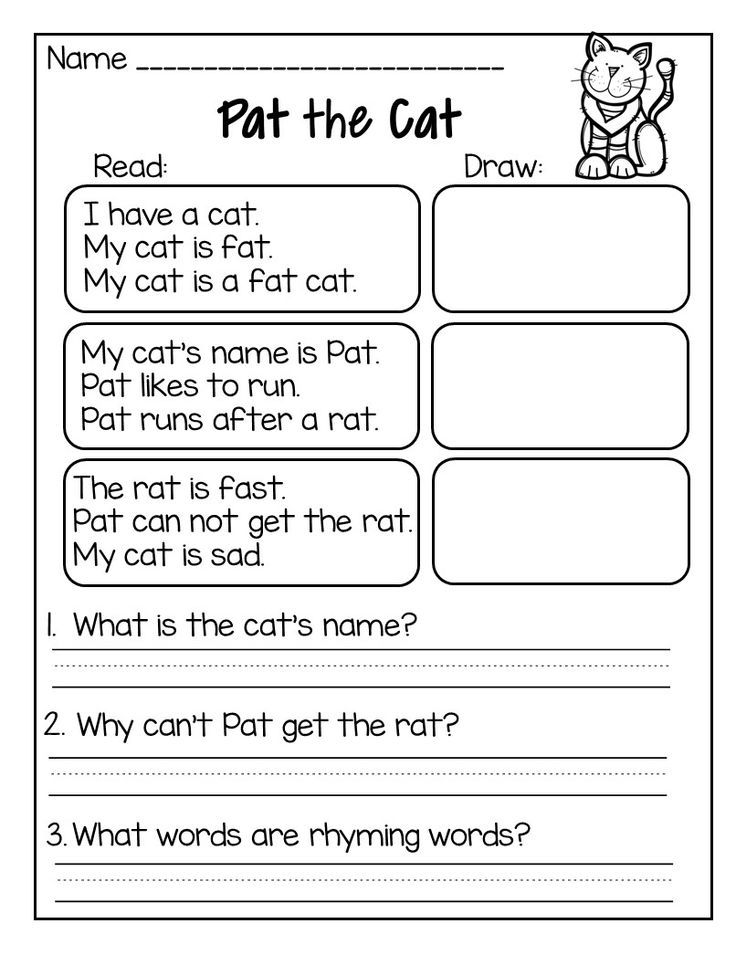 It is equally important to take into account qualitative indicators: how much the child understands the meaning of what is read, whether there is expressiveness when reading. To train the reading skill, it is important to be able to read not only aloud, but also silently, this is how awareness is born and further - the expressiveness of reading.
It is equally important to take into account qualitative indicators: how much the child understands the meaning of what is read, whether there is expressiveness when reading. To train the reading skill, it is important to be able to read not only aloud, but also silently, this is how awareness is born and further - the expressiveness of reading.
"The basics of literacy for preschool children are presented on our website with online exercises for learning letters, sounds, reading by syllables. Opportunities are presented for studying the alphabet, vowels and consonants and sounds, adding syllables, reading the first words and distinguishing sounds in words, taking into account the hobbies of a preschooler. Find matching words, play syllabic bingo, disenchant spelled words, and more! The lessons are equipped with bright and colorful pictures, illustrations understandable for the child, which will allow you to explore the magical world of letters and syllables in a playful way.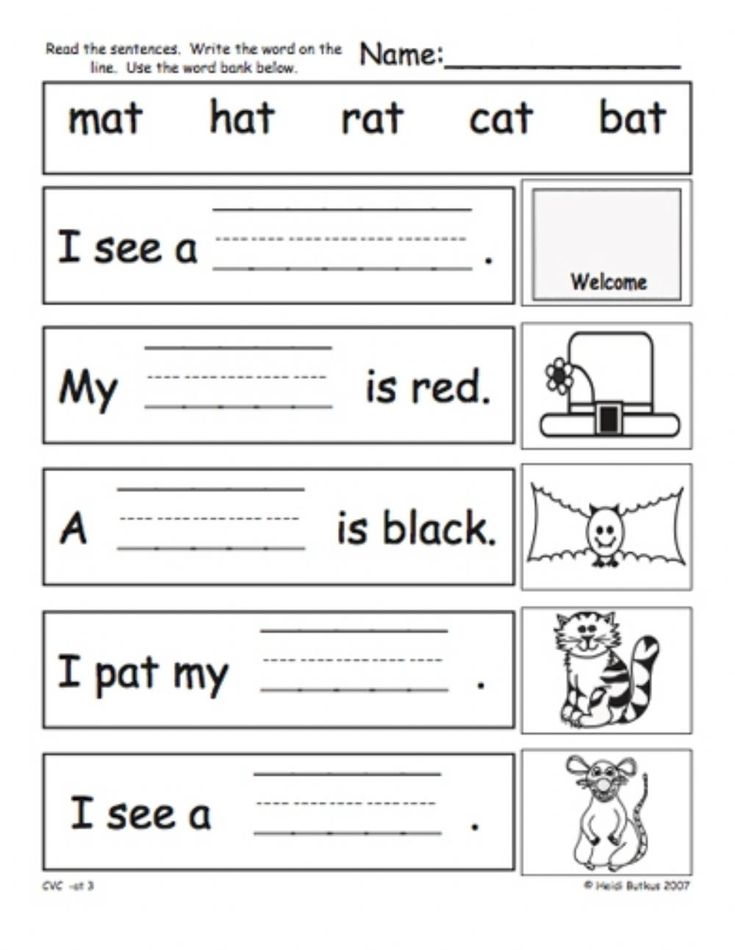 "
"
Playful activities
Your child will have a fun and productive time.
Children are engaged with pleasure, are completely immersed in the learning process and achieve results. For children under 6 who have not yet learned to read, we voiced each task.
Cups and medals for children
Awards that motivate children to achieve success.
Each child has his own “hall of awards and achievements”. If the tasks are completed correctly, children receive cups, medals and nominal diplomas. The awards can be shared on social networks, and the diploma can be printed.
Personal training
Fully controlled development of the child.
We save all the successes of the child and show you what you should pay special attention to. Make up your own training programs so that the child develops harmoniously in all the right directions.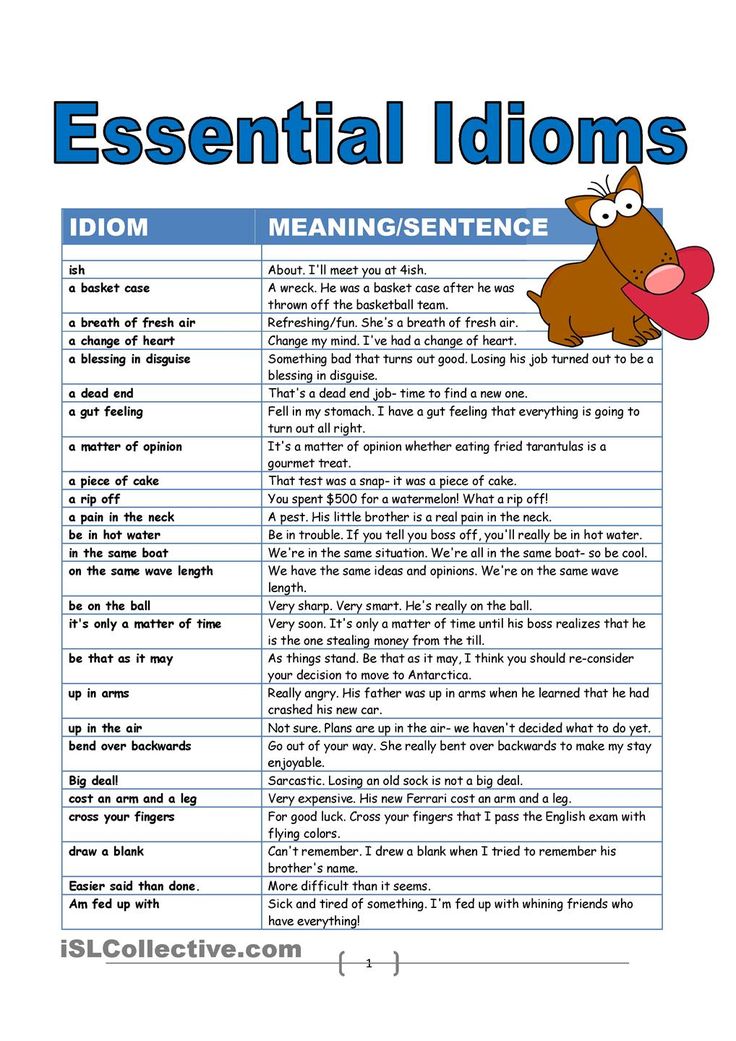
Start learning with your child
today - it's free
Register and get 20 tasks for free. To remove restrictions and achieve great results in your studies - choose and pay for the tariff plan that suits you.
Register orChoose a tariff
methods of teaching reading to the first grade
When to teach a child to read
There are early development studios where children are taught to read from the first years of life. However, pediatricians do not recommend rushing and advise starting learning to read no earlier than 4 years old, best of all - at 5–6. By this age, most children already distinguish sounds well, can correctly compose sentences and pronounce words. Therefore, most often parents think about how to teach their child to read, already on the eve of school.
Source: unsplash.com / @jonathanborba
How to know if your child is ready to learn to read
Before you start teaching your child to read, you need to make sure that the child is ready and wants to learn. To do this, try to answer the following questions:
To do this, try to answer the following questions:
- Does the child know the concepts of “right-left”, “big-small”, “inside-outside”?
- Can he generalize objects according to these characteristics?
- Can he distinguish between similar and dissimilar forms?
- Is he able to remember and execute at least three instructions?
- Does he form phrases correctly?
- Does he pronounce words clearly?
- Can he retell a story heard or happened to him?
- Can he formulate his feelings and impressions?
- Can you predict the ending of a simple story?
- Does he manage to participate in the dialogue?
- Can he listen without interrupting?
- Can he rhyme words?
- Do the letters attract his attention?
- Does the child have a desire to independently examine the book?
- Does he like being read aloud to him?
If you answered “yes” to these questions, your child is ready and will soon learn to read correctly.
Methods for teaching reading
Most of the methods involve learning while playing so that the child is not bored and learns knowledge better.
<
Zaitsev's Cubes
For more than twenty years, these cubes have been introducing children to letters and teaching how to compose words and syllables. They allow you to understand how vowels and consonants, deaf and voiced sounds differ. There are 52 cubes in total, each of which depicts warehouses (combinations of a consonant and a vowel). The cubes vary in color and size, the large ones depict hard warehouses, while the small ones are soft. During classes, parents are encouraged to pronounce or sing warehouses so that the child remembers them better.
K Zaitsev's ubikiSource: moya-lyalyas.ru
Vyacheslav Voskobovich's "towers" and "folds"
windows. You can put cubes in them to make syllables. And from several towers you can make a word.
Voskobovich's "towers"Source: catalog-chess.
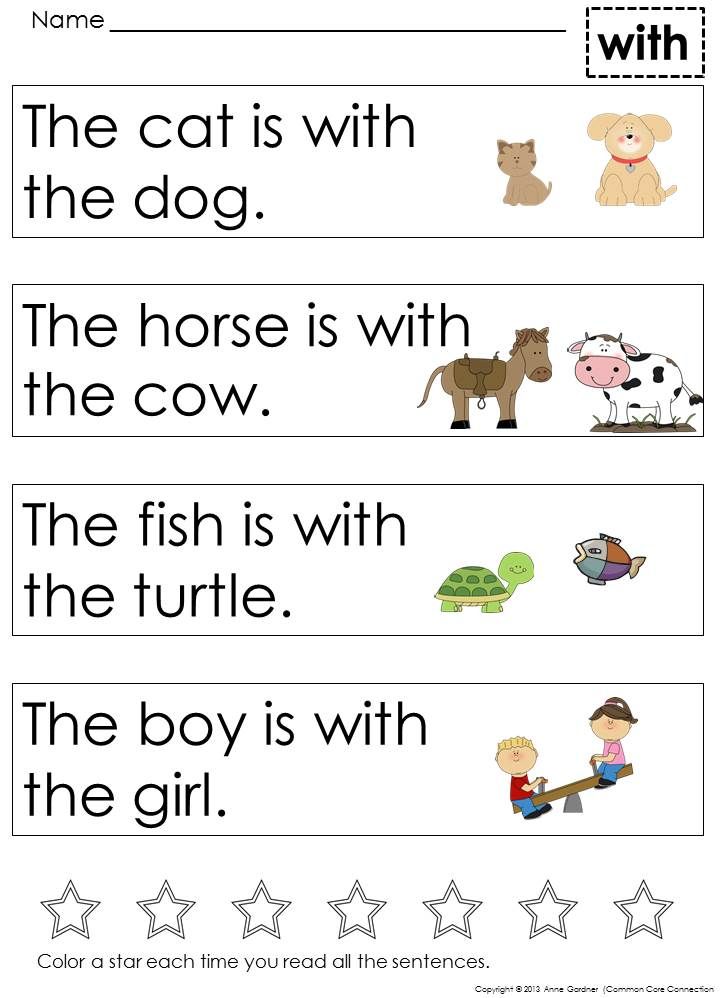 ru
ru Skladushki is a book with pictures, educational rhymes and songs. Parents sing them and in parallel show the warehouses in the pictures. The author of the methodology claims that a child of six years old can be taught to read in a month using "folds".
A page from V. Voskobovich's "folds"
Doman's cards
This method of teaching a child to read is based on memorizing whole words, from simple to more complex. First, the child masters the first 15 cards, which the parent shows him for 1-2 seconds and pronounces the words on them. Then the child tries to memorize phrases. This technique helps not only to learn more words, but also develops memory well in general.
Doman cardsSource: friendly-life.ru/kartochki-domana-dlya-samyh-malenkih
Maria Montessori's method of teaching reading
The essence of the Montessori method is that the child is first asked to feel the writing of a letter, and then pronounce it. For this, didactic materials are used - cardboard plates with pasted letters, the outline of which the child traces with his finger, naming the sound. After studying consonants and vowels, you can move on to words and phrases. The Montessori method not only helps to learn to read, but also develops fine motor skills, logic, and the ability to analyze.
For this, didactic materials are used - cardboard plates with pasted letters, the outline of which the child traces with his finger, naming the sound. After studying consonants and vowels, you can move on to words and phrases. The Montessori method not only helps to learn to read, but also develops fine motor skills, logic, and the ability to analyze.
Source: hendmeid.guru
Olga Soboleva's technique
The author of this technique believes that you need to start learning not from the abstract alphabet, but immediately in practice - by analyzing simple texts. The Soboleva program allows you to teach a child to read from the age of five - at this age, children are already able to keep their attention on a line of text. Different approaches are offered depending on how it is easier for a child to perceive the world - by eye, by ear or by touch. In addition to reading skills, the technique develops interest in creativity, imagination, attention and memory.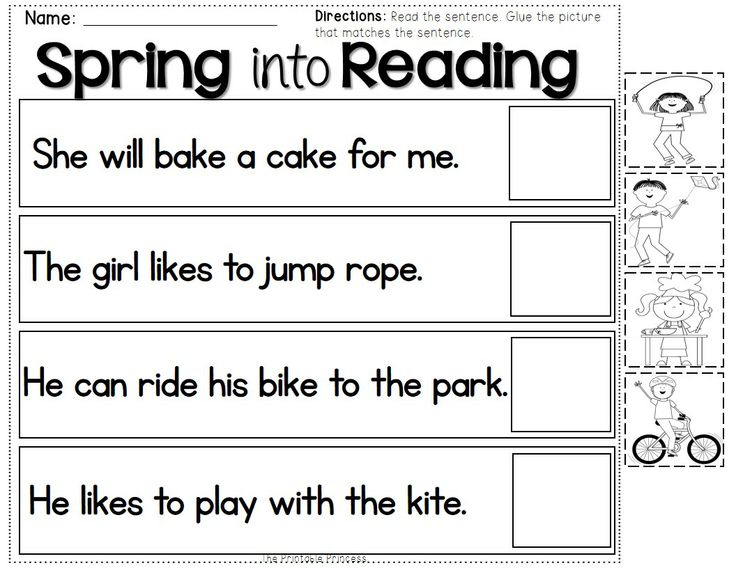
How to teach a child to read by syllables
Teaching a child to read by syllables should be done in stages. First, explain to him that sounds are vowels and consonants, deaf and voiced. Say them with the child - he must understand how they differ. Letters and sounds can be learned while walking: draw your child's attention to the letters on signs and announcements, and soon he will learn to recognize them.
When the child has mastered the letters and sounds, start teaching him to read simple words - "mom", "dad". Then move on to more complex ones - “grandmother”, “dog”, “apartment”. Show your child that syllables can be sung.
Syllabary for learning to read
Next, move on to making words. You can cut cards with syllables and invite the child to make words out of them. When he gets comfortable, move on to reading short texts. It is better to start with two or three phrases, and a little later switch to texts of five to ten sentences.
To enroll in Foxford Online Elementary School, a child must have at least basic reading, numeracy and writing skills. To check the readiness of the child for school, we offer to pass a small test that does not require special preparation.
Source: freepik.com
Exercises for learning to read
There are many exercises on the Internet that help children learn to read, you can print them out and start learning right away. Start with exercises that teach you to recognize letters and tell correct spellings from incorrect spellings.
From O. Zhukova's manual “Learning to read. Simple Exercises.Source: mishka-knizhka.ru
When the child gets used to the letters, move on to the exercises for syllables. For example, like this:
Geometric prompt exercise. For greater clarity, blocks with words can be cut out.
Such exercises not only teach reading, but also develop logical thinking well:
Gradually move on to exercises where you need not only to read correctly, but also write words:
One of the most difficult and entertaining exercises is the fillords: you need to find and cross out the words on the field of letters.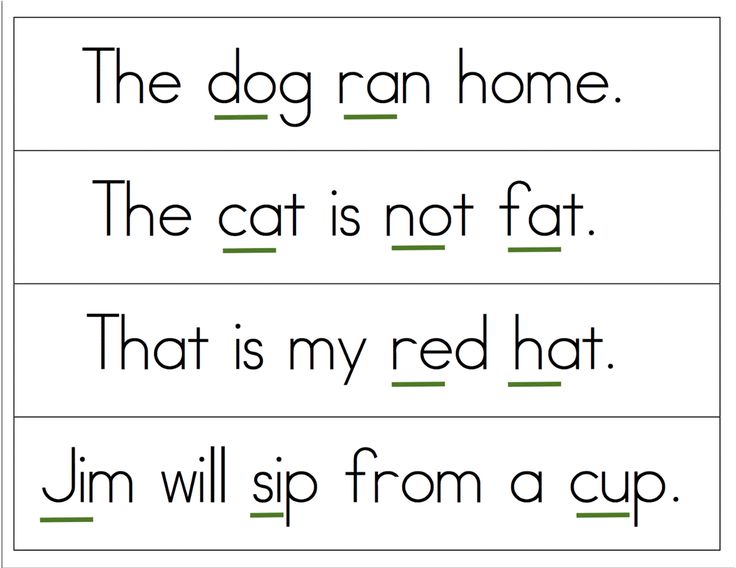
Games for learning to read
With the help of cubes or cards with letters and syllables, you can play different educational games with your child. Let's take a few examples.
Garages
Take a word of 3-4 syllables and place the cards in random order on the floor. Explain to the child how these syllables are read. These will be garages. Give the child different toys and offer to send them to the garage as you wish: for example, the car goes to the TA garage, the bear goes to the RA garage, the ball rolls to the KE garage, and so on. Make sure your child is positioning the toys correctly. At the end of the game, invite the child to make a word from garage syllables. Perhaps not the first time, but he will get a "ROCKET". Gradually introduce new syllables into the game.
<
Shop
Lay out images of various goods on the table - this is a store, and you are a seller. Give your child a stack of cards with syllables - they will function as money.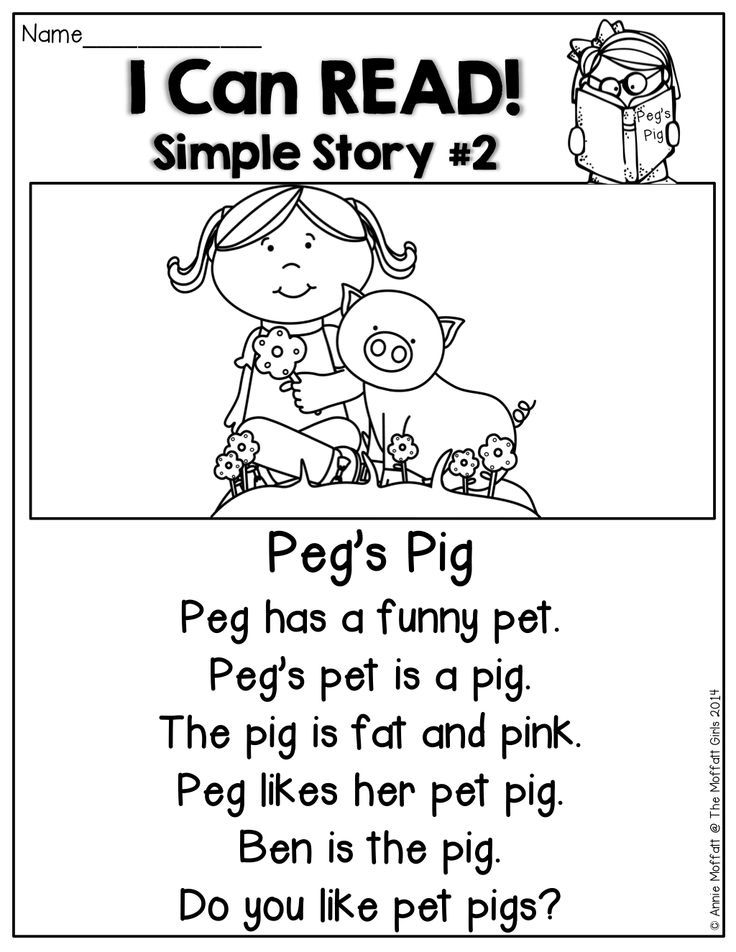 The child needs to buy all the items in the store, but each item is only sold for the syllable it starts with. For example, fish can only be bought for the syllable "RY", milk - for the syllable "MO", and so on. Give your child a few extra cards to make the task more difficult. When he gets used to it, change the conditions of the game: for example, sell goods not for the first, but for the last syllables. The game is both simple and complex: it will allow the child to understand that words are not always spelled the way they are pronounced. After all, a cow cannot be bought for the syllable "KA", for example.
The child needs to buy all the items in the store, but each item is only sold for the syllable it starts with. For example, fish can only be bought for the syllable "RY", milk - for the syllable "MO", and so on. Give your child a few extra cards to make the task more difficult. When he gets used to it, change the conditions of the game: for example, sell goods not for the first, but for the last syllables. The game is both simple and complex: it will allow the child to understand that words are not always spelled the way they are pronounced. After all, a cow cannot be bought for the syllable "KA", for example.
Lotto
Game for several people. Give the children several cards with syllables. Take out the cubes with syllables one by one from the box and announce them. Whoever has a card with such a syllable - he takes it. The first person to complete all the cards wins. During the game, children will accurately remember the syllables that they had on their hands.
Summary
Finally, a few more tips on how to teach a child to read:
- It is better to start teaching children to read by memorizing letters.
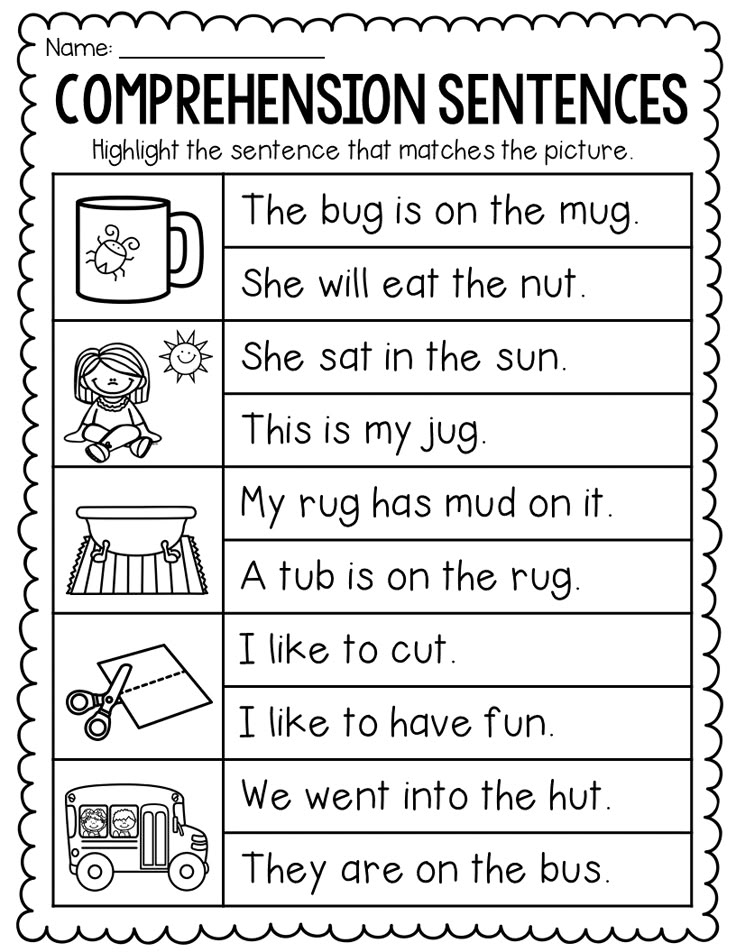 It is important that the child can recognize and name them without hesitation.
It is important that the child can recognize and name them without hesitation. - In the early stages, pronounce the consonants as they are read in words: not [em], [el], [de], but [m], [l], [d] — this way it will be easier for the child to find his bearings.
- Sculpt letters from plasticine, draw and color, buy an alphabet with voice acting - use all the channels of the child's perception.
- Gradually join the letters into syllables and then into words. Play rearranging letters and syllables, let the child experiment.
- Teach your child rhymes about the letters of the alphabet, look at the primer, use cards with letters and pictures. Thanks to the illustrations, the child will be able to memorize the symbols faster.
- Distribute the load: fifteen minutes a day is better than an hour twice a week. Alternate entertaining and serious tasks.
- You can hang signs with their names on objects in the child's room - the child will quickly learn to recognize them in texts.
